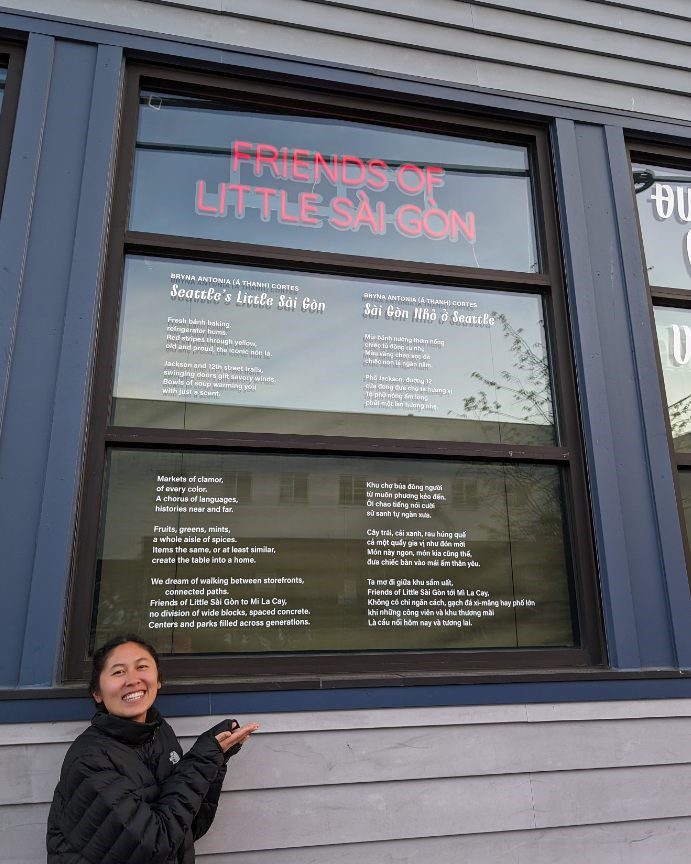
 Lake Union has a fascinating history. The lake has served as home to Native American villages, lumber mills, airplanes, boat-building, the military and recreation. The six-mile Cheshiahud Lake Union Loop trail around Lake Union is named in honor of the Duwamish chief who led a village located on Lake Union.
Lake Union has a fascinating history. The lake has served as home to Native American villages, lumber mills, airplanes, boat-building, the military and recreation. The six-mile Cheshiahud Lake Union Loop trail around Lake Union is named in honor of the Duwamish chief who led a village located on Lake Union.
You can take an audio tour and get a slice of the captivating history of the lake via Field Notes: Observing Lake Union by the Studio for Urban Projects, through Oct. 31. The audio tour focuses on four sites along the Cheshiahud Loop: Lake Union Park, Fairview Park, Gas Works Park, and Lake Washington Ship Canal viewing spot under the Aurora Bridge on the Burke Gilman Trail. This unique artwork explores the underlying ecology of Lake Union and its dramatic transformation through eras of geologic change, Native American stewardship, European settlement, commercial industry and large-scale infra structural development, as well as urban planning and park design.
Each site incorporates an introductory piece narrated by the Studio for Urban Projects, indicated with a sign and call-in number on the trail. To begin the tour call (206) 395-2311 and follow prompts from there. Within each site, printed flags mark observation points and provide additional call-in numbers. Call in and listen to a collage of voices gathered from interviews with local scholars, ecologists, historians, plant experts, foragers, residents and designers, among others. The observations focus on the specifics of the site and collectively speak to the lake’s layered history.
Preloaded MP3 players are available at the Northwest Outdoor Center and Dutch Bike Co., Seattle. Download MP3 files of Field Notes here.
You can also call the project hotline at (206) 395-2311, ext. 50, and offer your own observations about the site. The artists will edit and publish these contributions periodically for the duration of the project.
Field Notes is created in collaboration with audio engineer Tim Halbur. The artwork is commissioned by the Seattle Office of Arts and Cultural Affairs with Seattle Department of Transportation and Parks and Recreation of 1% for Art funds.


